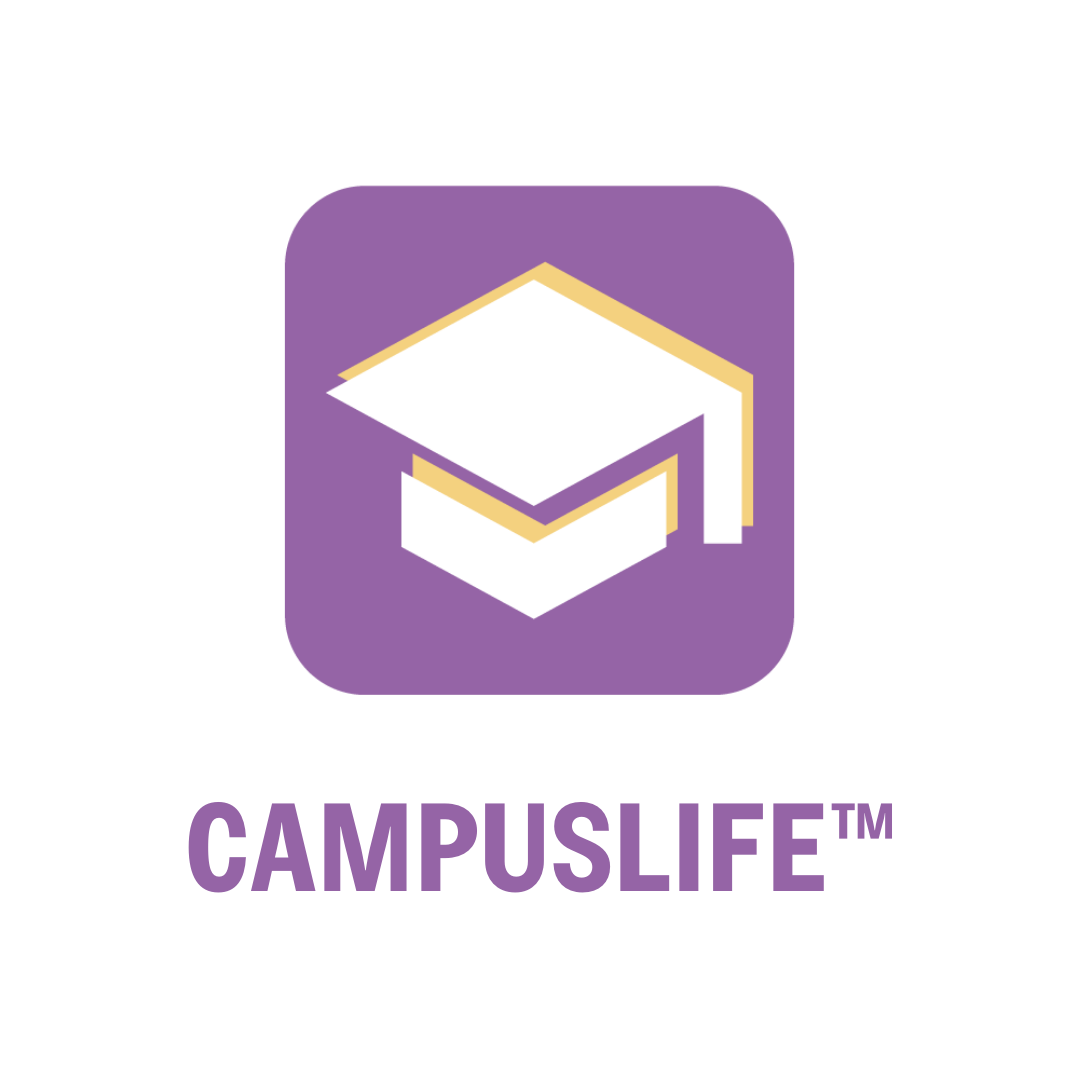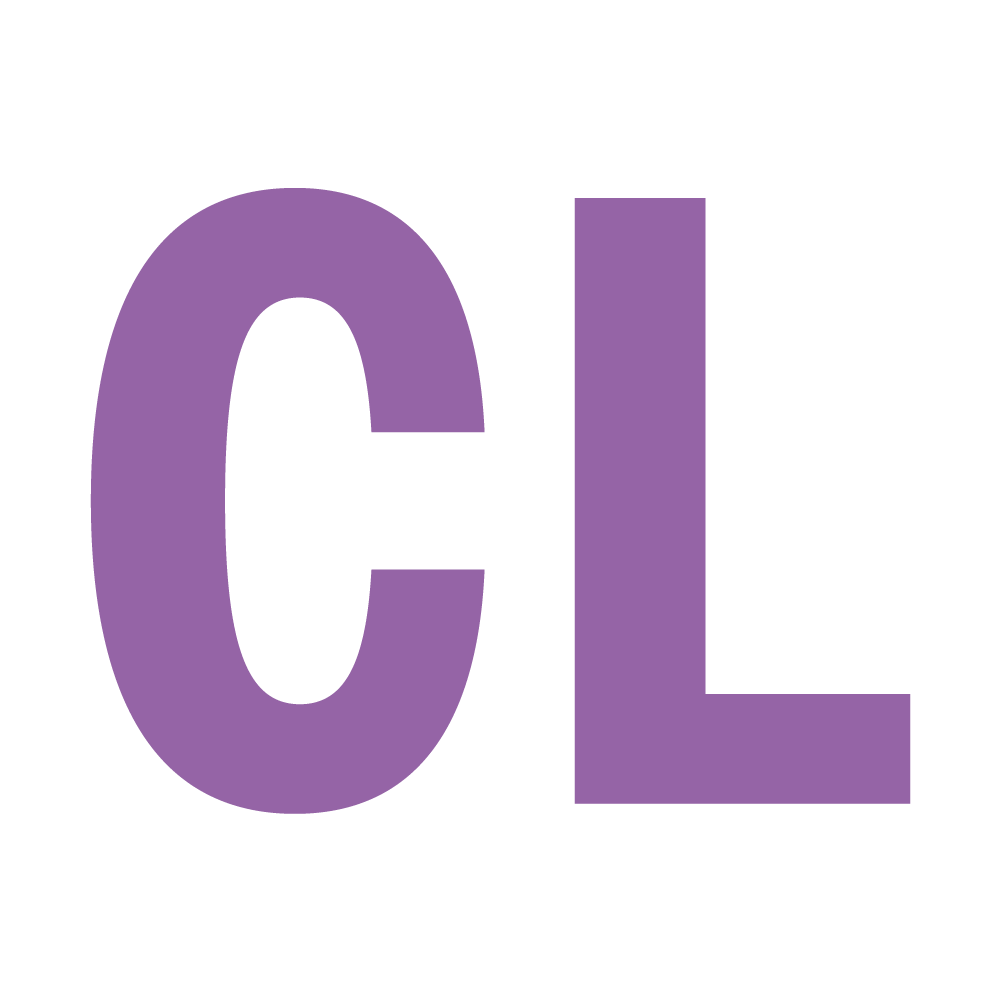The Secret to Starting Client Work with Confidence? A Solid Brief!
Starting your very first client task can feel a bit like the first day of uni, exciting, nerve-wracking, and filled with “what if I mess this up?” moments. We get it. Everyone wants to make a good impression, but here’s the secret: confidence doesn’t come from knowing everything, it comes from knowing what to ask.
That’s where a brief comes in. At CampusLife, we’ve seen it all, from photo shoots with only a 30-second explanation to crystal-clear briefs that made the whole project run smoothly. And trust us, the difference is huge.
So if you’re about to kick off your first client project, here’s everything you need to know about writing (and using) a great brief
What’s a Briefing Process? Its Purpose & Value
A briefing process is your game plan before you dive into a client task. It’s how you gather all the key details, clarify expectations, and make sure everyone, you, your team buddy, and the client, is on the same page. Think of it as a roadmap that keeps you from getting lost mid-project.
Why is it so valuable? Because even the most exciting tasks can turn stressful if the details aren’t clear. Without a proper brief, you might spend hours creating something the client didn’t actually want, or worse, feel unsure about what your first steps should be. With a brief, you know exactly what to do, what tools to use, and how to deliver results that impress.
At CampusLife, we’ve seen students go from nervous and overwhelmed to confident and organised simply by following a structured briefing process. It protects you, keeps the client happy, and turns a potentially stressful first task into a smooth, professional experience.
How to Set One Up & What’s Included in the Brief
Setting up a client brief might feel overwhelming at first, but once you know the key components, it becomes much easier. The goal is to capture everything you need to complete the task confidently and professionally. Start by drafting a document, this is your reference point throughout the project.
Essential elements to include:
Client details: Name, project title, primary contact, and location.
Project overview: A short summary explaining what the client wants and why.
Objectives & outcomes: What deliverables are expected? How will they be used?
Creative direction & references: Sample images, example posts, or inspiration for style and tone.
Technical requirements: Equipment, file formats, resolution, or any platform specifications.
Timeline & milestones: Key dates for drafts, reviews, and final delivery.
Out-of-scope items: What is not included in the task, to prevent scope creep.
Tip: Use the 1-3-1 Method to guide your brief creation
1 – Identify the problem: The task at hand is creating a clear, comprehensive brief that captures the client’s needs.
3 – Explore three solutions:
AI / ChatGPT research: Draft an initial framework and gather industry-specific templates.
Client research & investigation: Review the client’s previous work, social media presence, and industry standards. Meet with the client to clarify expectations and gather sample references. Record or transcribe meetings to capture every detail.
Buddy review: Have a peer check your draft for clarity, completeness, and alignment with the client’s needs.
1 – CampusLife review: Submit the brief to the CampusLife team for final approval before sending it to the client for approval.
Tip: Use tools like Gemini note-taker and/or video recording when taking notes from client meetings. This ensures nothing is missed and gives you a reference if the client changes their mind later.
This helps you tackle a client brief step by step, ensuring you have considered multiple approaches, checked with peers, and confirmed everything with CampusLife before starting work. This approach not only protects you and keeps the client happy but also boosts your confidence as you step into your first real client project.
When to Refer Back to the Brief
A brief isn’t just a one-time document, it’s your reference guide throughout the entire project. Knowing when and how to refer back to it will save you time, prevent mistakes, and keep everyone on track.
Key times to refer back to your brief:
During the project:
Check requirements, deliverables, and deadlines.
Make sure your work aligns with the client’s expectations.
When client feedback changes:
Use the brief as proof of agreed-upon requirements.
Helps manage scope creep and avoid last-minute surprises.
Before final delivery:
Confirm you’ve met all objectives and included all requested materials.
Ensures nothing is missed and boosts confidence in what you’re submitting.
Tip: Keep a copy of your brief easily accessible by uploading it onto the intern google drive, so you can quickly reference it whenever you need clarification.
Referring back to your brief regularly turns it into more than just a document, it becomes your project compass, guiding you from start to finish and helping you deliver professional, high-quality work.
How to Use the Brief After the Task is Done
Once your project is complete, your brief doesn’t just disappear, it’s a tool for reflection and learning. Looking back at it helps you understand what worked well, what could be improved, and how to make your next client task even smoother.
Ways to use your brief after finishing a task:
Check your deliverables:
Compare your completed work against the brief to make sure everything was included.
Verify that the client’s objectives, format requirements, and deadlines were met.
Reflect on your process:
What steps in the brief creation worked well?
Were there any parts that were unclear or could be improved for next time?
Document lessons learned:
Keep notes on what you’d do differently or better for future projects.
Share insights with your buddy or peer team to improve everyone’s workflow.
Build a personal reference library:
Save completed briefs as templates for future projects.
Over time, you’ll have a collection of examples to guide you and new students stepping into client work.
Using your brief this way transforms it from a simple project document into a learning tool. It not only ensures you’ve delivered high-quality work but also helps you grow your skills, confidence, and professionalism for every client task ahead.
Final Takeaway
With a clear brief, you can tackle any client task with confidence. It keeps you organised, ensures you meet the client’s expectations, and helps you stay on track from start to finish. By following the steps we’ve shared, you’ll feel prepared and capable for every project.
And remember, CampusLife is always here to help. You’re never alone, and there’s always support as you step into new challenges and grow your skills. Download the brief template to start your first task the right way!

